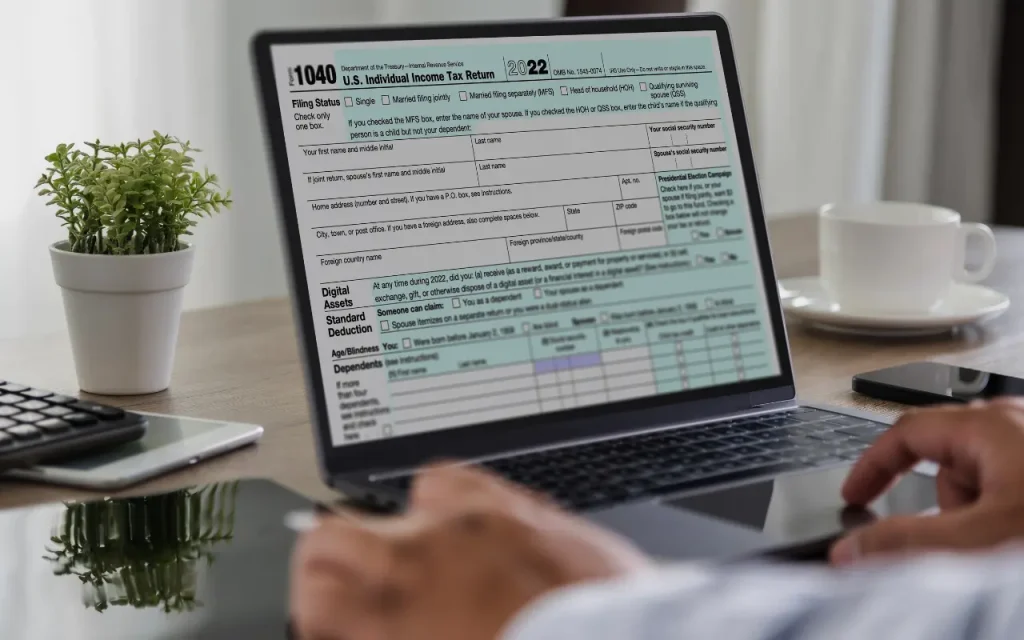
An e-way bill (EWB) is a digital document that serves as a record of transportation of goods across and within states in India. Introduced in 2018, it plays a crucial role in implementing the Goods & Services Tax (GST) regime in the country. Replacing the multiple transit pass system that was present earlier, EWBs provide a singular transport record that simplifies the inspection and tax audit system specific to transported goods.
If you’re a business owner engaged either in selling or transportation of goods, you need to be aware of the various facets of e-way bills. While generating EWBs is fairly straightforward, there are situations where you might require to cancel EWBs as well. Knowing what to do in these situations is critical to avoid possible penalties and scrutiny on your business. Here’s a guide to the process of cancelling e-way bills so you are well aware of what to do the next time you need to cancel one.
When do you need to cancel an e-way bill
E-way bills can be cancelled under a variety of circumstances. Some of these include:
- Entry of incorrect details in the e-way bill: Once an e-way bill has been generated, it cannot be edited. Hence, if you make / notice any data-entry error in an EWB, you would be required to cancel it and generate a fresh one with correct details entered.
- Duplication of e-way bills: Sometimes, multiple e-way bills might get generated for the same shipment. If this happens, you would need to cancel all duplicate EWBs to avoid any mismatch and potential scrutiny at the time of audits.
- Failure to transport goods: If a scheduled shipment of goods gets cancelled due to issues such as order cancellation or changes in transport schedules, the e-way bill must be cancelled to ensure that documentation is consistent with on-ground reality. This is a situation which is commonly faced by businesses such as online marketplaces who process large volumes of shipment and face cancellations regularly.

Process to cancel an e-way bill
Here is a breakdown of how you can cancel an e-way bill:
- Login to the e-way bill portal using your credentials. Ensure that you keep your credentials private to prevent any unauthorised access.
- Click on e-way bill and select ‘cancel’ from the drop-down menu.
- Enter the EWB number (12 digits) for the bill you want to cancel.
- Select a reason for cancellation from the drop down menu. It is important to mention the correct reason to avoid any discrepancies during inspections / audits.
- Submit the cancellation request. You should receive a confirmation message indicating that the cancellation has been processed.
- Check the status of cancellation and verify that the EWB is present under the ‘cancelled e-way bills’ section of the portal.
Rules and regulations for e-way bill cancellation
The process of cancelling e-way bills has some rules and regulations that need to be followed. It is important to keep these in mind to avoid future scrutiny and / or penalties:
- E-way bills can only be cancelled within 24 hours from the date of generation. Failure to do so will mean that the e-way bill remains valid.
- E-way bills can only be cancelled by the same person / entity that generated them.
- Once an e-way bill is cancelled, it cannot be revalidated. It is also illegal to use a cancelled EWB for any shipment. A fresh bill is required to be generated in case an EWB is cancelled erroneously.
- E-way bills cannot be cancelled once they have been verified by an officer.

Conclusion
E-way bills are a crucial component of managing transportation logistics for business owners and being up to speed with the nuances of these documents is a step towards being compliant with regulations. This focus on compliance has wide business benefits including increased ease of securing financing from institutions such as NBFCs and banks.
Further Reading








